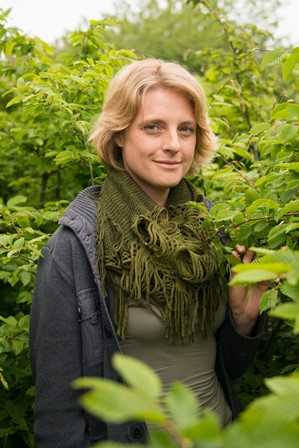March 2016
Essentially the first tier is the easiest, most efficient and cost effective, and most likely to succeed when dealing with an invasive species. The further down the list you go the more it costs, the less likely you are to eradicate it and the more problems the species generally causes.
Prevention means stopping species getting into the country in the first place. Strong border controls are essential and restrictions on the movement of species known to have invasive traits. Good horizon scanning and risk assessments help to identify and prioritise potential problem species.
Early detection and rapid removal means having enough eyes and ears on the ground to identify species flagged as potential new invasives. If effective surveillance is in place and a species is spotted and reported early enough, rapid action can be taken to eradicate it before it gets established and spreads too widely.
Long-term management and control is the third tier. Once a species has been here for a number of years and/or has spread across large areas it becomes a real problem to eradicate, and uses up significant amounts of time, money and resources. It may also not be possible to eradicate and then the alternative is long-term management, which again results in mounting costs – financially and environmentally. The Woodland Trust alone spends over £250,000 each year on management of just four long-established species in its woods: giant hogweed, Himalayan balsam, Japanese knotweed and rhododendron.
The Asian hornet, Vespa velutina is one species we may be able to prevent getting to Britain or, if it does arrive, rapidly eradicate. It is currently in France, but may get here in soil associated with plant imports, freight containers, on or in untreated wood. It may even be blown or fly here.
Its ability to decimate honey bee hives makes it a serious concern. Also, it is much more aggressive than our native European hornet, Vespa crabro, which generally will not attack you if you leave it alone. Reports of horrible skin reactions to the Asian hornet’s potent sting and deaths from allergic shocks increase human health concerns. This means we all need to be on the lookout for it.
The New Forest Non-Native Plants Project is working hard to manage, control and remove American skunk cabbage from woods in the New Forest. In this respect the cat is already out of the bag and long-term management is needed. However, it is not yet as widespread as Himalayan balsam and there is hope it can be controlled. Early identification means rapid eradication can take place before it becomes a serious issue for the biodiversity in the woodland.
There are many actions we can take as a country and as individuals to prevent, eradicate and control invasive species. For more information about invasive non-native species and Invasive Species Week go to the GBNNSS website.
Kay Haw
Conservation Advisor
Woodland Trust
Aspects of this blog were originally published on The Woodland Trust's website
The opinions expressed in this blog are the author’s and not necessarily those of the wider Link membership




Latest Blog Posts